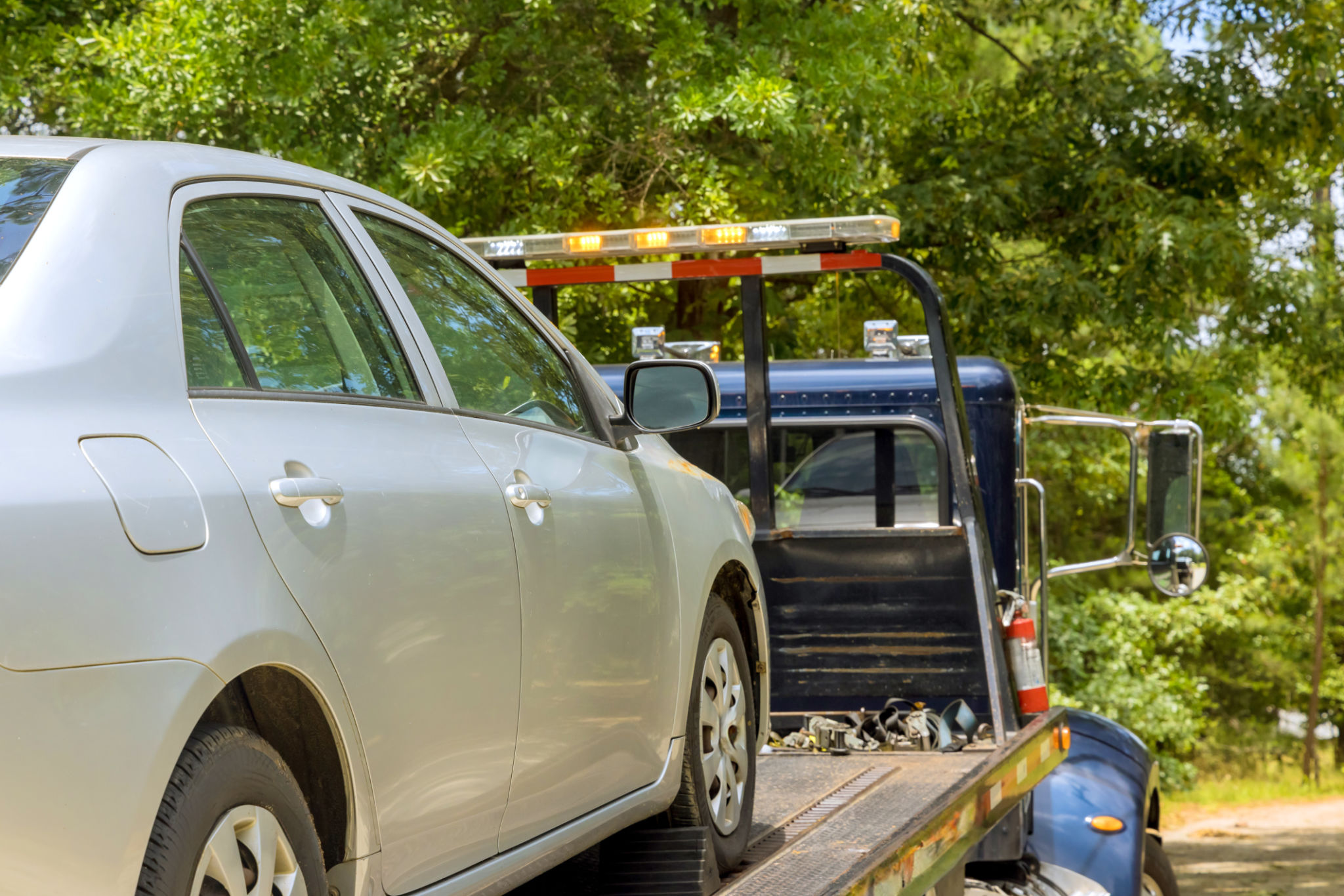How to Safely Tow a Car: Expert Tips from Mike's Hook & Go
Understanding the Basics of Towing
When it comes to towing a car, safety should always be your top priority. Whether you're moving a vehicle to a repair shop or rescuing a friend from the roadside, understanding the basics can make the process smoother and safer. At Mike's Hook & Go, we’ve gathered expert tips to guide you through the essentials of safe towing.
The first step is to determine the type of tow you need. There are several methods, including flatbed towing, dolly towing, and using a tow bar. Flatbed towing is generally the safest option, as it ensures all wheels are off the ground, reducing wear and tear on the towed vehicle.

Preparing Your Vehicle for Towing
Before you start towing, ensure both vehicles are ready for the journey. Begin by checking the towing vehicle's capacity. Every vehicle has a maximum towing capacity, which you can find in the owner's manual. Never exceed this limit, as it can lead to mechanical failure or accidents.
Next, inspect the towed vehicle to ensure it's in neutral and that the steering is unlocked. This allows for free movement during transport. Secure any loose items inside the car and make sure all windows are closed.
Essential Equipment for Safe Towing
Equipping yourself with the right tools is crucial for a successful tow. Invest in high-quality tow straps or chains, which should be rated for the weight of your vehicle. A sturdy hitch receiver and ball mount are also essential for maintaining a secure connection between vehicles.
- Tow straps or chains
- Hitch receiver
- Ball mount
- Safety chains

Executing the Tow
Once everything is set up, it's time to begin towing. Start with a slow and steady acceleration to avoid jerking motions that can damage either vehicle. Maintain a safe distance from other vehicles and be cautious of sudden stops or turns.
Keep a close eye on the towed vehicle through your mirrors and make frequent stops to check all connections. If you notice any unusual sounds or changes in handling, pull over safely and inspect your setup.
Navigating Roads and Traffic
Towing adds significant weight and length to your vehicle, affecting its maneuverability. Stay in the right lane as much as possible, allowing faster traffic to pass on the left. When approaching intersections or traffic lights, brake early to compensate for the extended stopping distance.

Be especially cautious on hills and curves, where maintaining control can be challenging. Reduce speed before ascending or descending hills and avoid sharp turns that could cause the towed vehicle to sway.
Final Safety Checks
After reaching your destination, perform a final inspection of both vehicles. Check all connections, ensuring nothing has come loose during transit. Inspect the towed vehicle for any signs of damage or wear caused by the journey.
If you're new to towing or feel uncertain about any step of the process, don't hesitate to seek professional help. The team at Mike's Hook & Go is always ready to assist with any towing needs you may have, ensuring your safety and peace of mind.
By following these expert tips, you can ensure that your towing experience is both safe and efficient. Remember, preparation and caution are key components for successful towing every time.